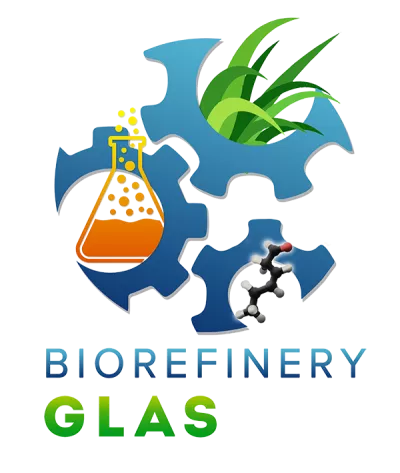General information
RDP Priority
- P5. Resource efficiency and climate
RDP Focus Area
- 5D: Greenhouse gas & ammonia emissions
RDP Measure
- M16: Cooperation
Summary
Biorefinery Glas is one the first projects in Europe which looks at the integration of farmers in a value-added bioeconomy value chain. Using a small-scale biorefinery, this EIP-AGRI operational group has demonstrated the production of four new products from grass with farmers in South-west Ireland. It offers a viable solution to meeting key sustainability challenges including protein availability, renewable energy and reduction of GHG emissions in the agricultural sector. As the biorefinery is small-scale and automated, the project is a step towards changing the role of farmers in the bioeconomy, from suppliers of cheap biomass, to producers of value-added products.
Results
Through the Biorefinery Glas approach it is expected to achieve an improvement of approx. 40% in nitrogen use-efficiency, compared with the current situation.
It is also expected to see a significant reduction in nitrogen and phosphorus (N and P) emissions in cattle excrement, along with additional reductions in emissions associated with imported animal feed.
The new process will improve the resource efficiency of Irish grasslands by producing four products from one feedstock and create diversification opportunities for farmers.

Promoter
Biorefinery Glas
Funding
Total budget 940 498 (EUR)
EAFRD 526 679 (EUR)
National/Regional 413 819 (EUR)
Ressources
Documents
Liens
contact

